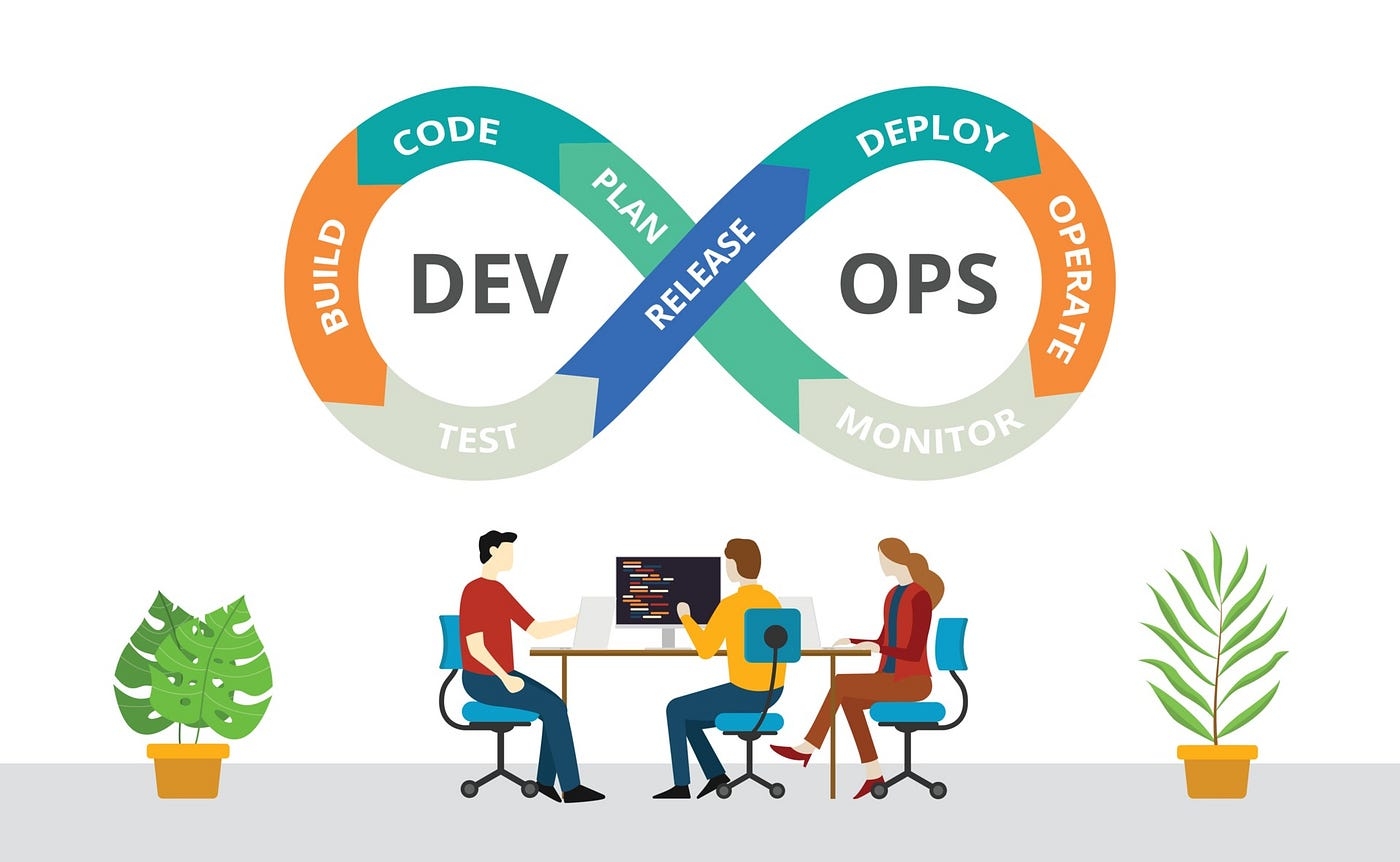Navigating the Challenges of Implementing Continuous Integration and Continuous Deployment (CI/CD)
In the fast-paced world of software development, continuous integration and continuous deployment (CI/CD) have become essential practices for delivering high-quality software efficiently and reliably. However, implementing CI/CD comes with its own set of challenges that organizations must address to realize the full benefits of these practices. This article explores the common challenges faced in implementing CI/CD and provides insights into overcoming them.

Infrastructure Complexity:
Challenge:
Implementing CI/CD requires a robust infrastructure capable of supporting automated build, test, and deployment processes. Managing this infrastructure, including servers, pipelines, and tools, can become complex, especially in large-scale projects or environments.
Solution:
Organizations can mitigate this challenge by leveraging cloud-based solutions, containerization technologies like Docker, and infrastructure-as-code tools such as Terraform or Ansible. These technologies enable the automation and scalability needed to manage complex CI/CD pipelines effectively.

Integration with Legacy Systems:
Challenge:
Many organizations have existing legacy systems and applications that were not designed with CI/CD in mind. Integrating these legacy systems into modern CI/CD pipelines can be challenging due to compatibility issues, dependencies, and technical debt.
Solution:
Organizations should adopt a gradual approach to modernizing legacy systems by identifying critical components for CI/CD adoption and refactoring them incrementally. Additionally, implementing automated testing and deployment strategies can help mitigate risks associated with legacy system integration.

Cultural Resistance:
Challenge:
Adopting CI/CD requires a cultural shift within organizations, including changes in mindset, workflows, and collaboration patterns. Resistance to change from stakeholders, developers, and other team members can hinder the successful implementation of CI/CD practices.
Solution:
Organizations should focus on fostering a culture of continuous improvement and collaboration, emphasizing the benefits of CI/CD for delivering value to customers faster and more efficiently. Providing training, mentorship, and support to team members can help alleviate resistance and encourage the adoption of CI/CD practices.

Quality Assurance and Testing:
Challenge:
Ensuring the quality and reliability of software releases in a CI/CD pipeline can be challenging, particularly when implementing automated testing strategies. Without proper testing frameworks, test coverage, and monitoring mechanisms, organizations risk introducing bugs and regressions into production environments.
Solution:
Organizations should prioritize automated testing as part of their CI/CD pipelines, including unit tests, integration tests, and end-to-end tests. Implementing a robust testing strategy that includes continuous integration of test cases, code reviews, and quality gates can help maintain high-quality standards throughout the development lifecycle.

Security and Compliance:
Challenge:
Maintaining security and compliance standards while implementing CI/CD can be challenging, especially in regulated industries or environments with strict security requirements. Vulnerabilities in code, dependencies, or third-party integrations can expose organizations to security risks and compliance violations.
Solution:
Organizations should integrate security and compliance checks into their CI/CD pipelines, including static code analysis, vulnerability scanning, and compliance audits. Adopting security best practices such as code signing, access controls, and encryption can help mitigate security risks and ensure compliance with regulatory requirements.

Scalability and Performance:
Challenge:
As organizations scale their CI/CD processes to support larger teams, projects, and workloads, they may encounter scalability and performance issues. Bottlenecks in build pipelines, resource constraints, and inefficient workflows can impact productivity and hinder the delivery of software updates.
Solution:
Organizations should design their CI/CD pipelines with scalability and performance in mind, leveraging distributed architectures, parallel processing, and caching mechanisms to optimize resource utilization and reduce build times. Monitoring and performance tuning tools can help identify and address bottlenecks proactively.

Conclusion:
Implementing continuous integration and continuous deployment practices can significantly improve the speed, efficiency, and reliability of software delivery. However, organizations must overcome various challenges related to infrastructure complexity, legacy system integration, cultural resistance, quality assurance, security, compliance, scalability, and performance. By addressing these challenges systematically and adopting best practices, organizations can realize the full potential of CI/CD and accelerate their software delivery lifecycle.
visit: https://www.appsierra.com/blog/devops-testing-services







.png)






